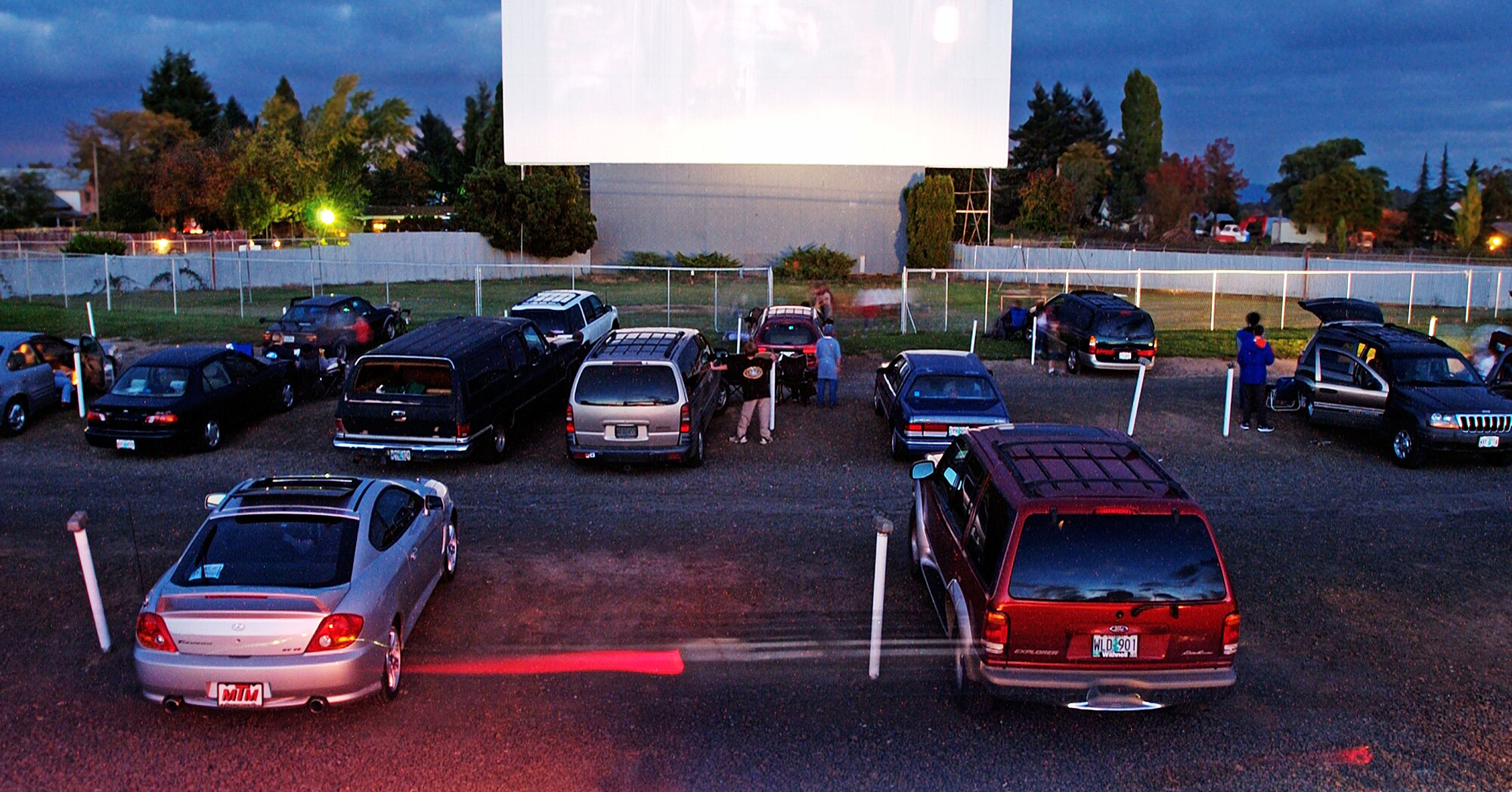A number of old things are being rejuvenated amidst this coronavirus lockdown.
As businesses are widely closed and are incurring colossal losses due to the ongoing lockdown, some have come up with extremely creative ideas to help attract more revenue.
One such example is that of restaurants making drive-in movie theaters out of their parking lots.
Clint Gibson, the owner of BJ’s Restaurant and Bar in Mingus, Texas posted on social media: “When the world is shutting down, we have to go back to our roots for entertainment.”
Gibson’s post was actually an announcement of the first movie being shown in their parking lot.
Classic drive-in cinemas and movie theaters are already attracting a lot of attention as it is one of the very few things to have fun while practicing social distancing.
But since there are just 300 such facilities in the whole of the US, they can’t cater to all the people.
Hence, restaurants have stepped into this classic business to keep people entertained and serve them delicious food fresh off the grill.
At the start of April, The Corner Kick, in Omaha, Nebraska held the first movie night in their building which was attended by 35 cars.
People enjoyed the movie while sitting in their seats or the trunk, with the tailgate opened.
The movie The Three Amigos was projected on three different screens and the audio was broadcasted to the cars via FM radio. They’ve since been holding a movie night once a week.
A Mexican restaurant chain, Ajo Al’s from Arizona, also tested the idea by installing inflatable screens at all their locations’ parking spaces.
The guests were instructed to park their vehicles at least six feet apart.
The idea might be similar to the mid-1950s drive-in movie theaters but at that time there were food stalls that acted as social hubs, a luxury that can’t be afforded these days.
The first drive-in theater was opened in 1933 and the vaccine for polio was invented in 1955.
The 22 years gap in between allowed the drive-in theater to develop a reputation of family entertainment facilities rather than passion pits.
At the time, drive-in theaters had ads designed to attract parents “who fear to expose their children or themselves to local epidemics.”
“Be flu and polio protected” was also a common slogan used by the drive-in theaters at the time.
Replaced!




